Nonlinear Distortion and Its Analysis on Radio Frequency Thin Film Bulk Acoustic Devices |
|
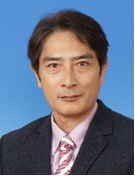
|
Masanori UedaTAIYO YUDEN Mobile Technology Co. Ltd. |
|
In this work, we succeeded in extracting the dominant parameters for 2nd order nonlinear analysis proposed by K. Hashimoto and verified that it was applicable in wide frequency range and effective for FBAR device design. Also it was confirmed that the proposed simulations were good agreement with measurement results for various type resonators and FBAR filters. Furthermore, we studied the impact of SiO2/SiOF on the 2nd harmonic (H2) generation in temperature compensated (TC) film bulk acoustic resonators (FBARs). It was shown that not only AlN but also SiOF contributed the generation of the H2 response, and H2 became very small at an appropriate mass loading film thickness. Finally, H2 response of TC-FBAR operating at 5.9 GHz was compared with the simulation. The simulation agreed well with the experiment. It was also demonstrated that insertion of the TC-layer was effective to suppress the H2 generation. |
|
Imaging GHz Surface Acoustic Waves on a Phononic Crystal Island |
|

|
Oliver B. WrightProfessor |
|
We use an ultrafast optical technique to examine how point-generated surface acoustic waves travel through a two-dimensional phononic crystal designed as a square lattice pattern of holes within a silicon base. We obtain images at fixed frequencies and analyze the acoustic dispersion. At specific frequencies we observe mode conversion, refraction and beam splitting at the boundary where the structured phononic crystal meets the unstructured silicon base. We also present details of the acoustic dispersion relation. |
|
Polarization Inverted ScAlN Multilayer BAW Resonators |
|
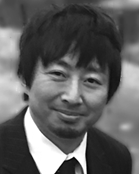
|
Takahiko YanagitaniProfessor |
|
This study presents the brief history of polarization inverted multilayer BAW resonator and their advantages. Hysteresis curves of electromechanical coupling, acoustic wave velocity, and Q factor of Sc0.4Al0.6N solidly mounted resonators (SMR) are characterized. The frequency turnability of approximately 20 ppm∙um/V in ScAlN is lower than that of 22-28 ppm∙um/V in non-doped AlN, as unexpected. This result indicate that ScAlN has less nonlinearly than AlN. Significant softening during polarization inversion were observed in the hysteresis curve of parallel resonant frequencies. Polarization treatment resulted in the 20% improvement of Q factor. |
|
On the Design of High Overtone BAW Resonators With Enhanced Power Handling |
|

|
Ventsislav YantchevQ-Arts Consulting Ltd., Bulgaria & Huawei Technologies Oy, Finland |
|
The design of bandpass filters for frequencies above 4GHz is challenged by the opposite scaling rules with frequency between the needed resonator static capacitances and the capacitance per device area. The latter results in significant decrease of useful device areas in classical BAW resonators at high frequencies, which in turn determines significantly enhanced acoustic power densities in those devices. Here we discuss the design of a second overtone BAW resonators and filters alleviating some of the technological challenges of the inverted polarity AlN and AlScN high overtone BAW stacks. |
|
Multiplexer Design to Minimize Gamma Loading to Higher Frequency Filters |
|
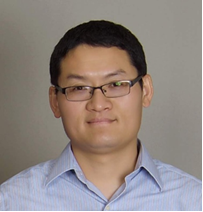
|
Yiliu WangSkyworks Solutions, Irvine, CA, USA |
|
With 5G development and employment, Carrier Aggregation (CA) is a must-have in radio frequency (RF) front end modules (FEM), as this enables higher data transfer rate with wider operation bandwidth. To support CA, multiple filters need to be ganged together at input. Therefore, they will be loading to each other and degrading insertion loss (IL) in each filter. This paper describes some general design techniques to reduce the loading. We show a triplexer design case study, where the lowest frequency filter topology and matching impacts on the whole triplexer performance are discussed. |
|
Demonstration of 8-Inch Thin-Film Sc0.3Al0.7N BAW Resonator With High Electromechanical Coupling Coefficient |
|

|
Yao ZhuInstitute of Microelectronics, A*STAR, Singapore |
|
In this study, we introduce the development of high-quality Sc0.3Al0.7N thin films (≤500 nm) for BAW resonators operating at 4 GHz and 6 GHz. Our findings reveal a substantial enhancement in the material coupling coefficient, exceeding 23%. This advancement enhances the potential of BAW technology in meeting the requirements of emerging wireless communication standards, particularly in terms of bandwidth. |
|
High-Performance Wideband SAW Filters on LNOI Platform |
|
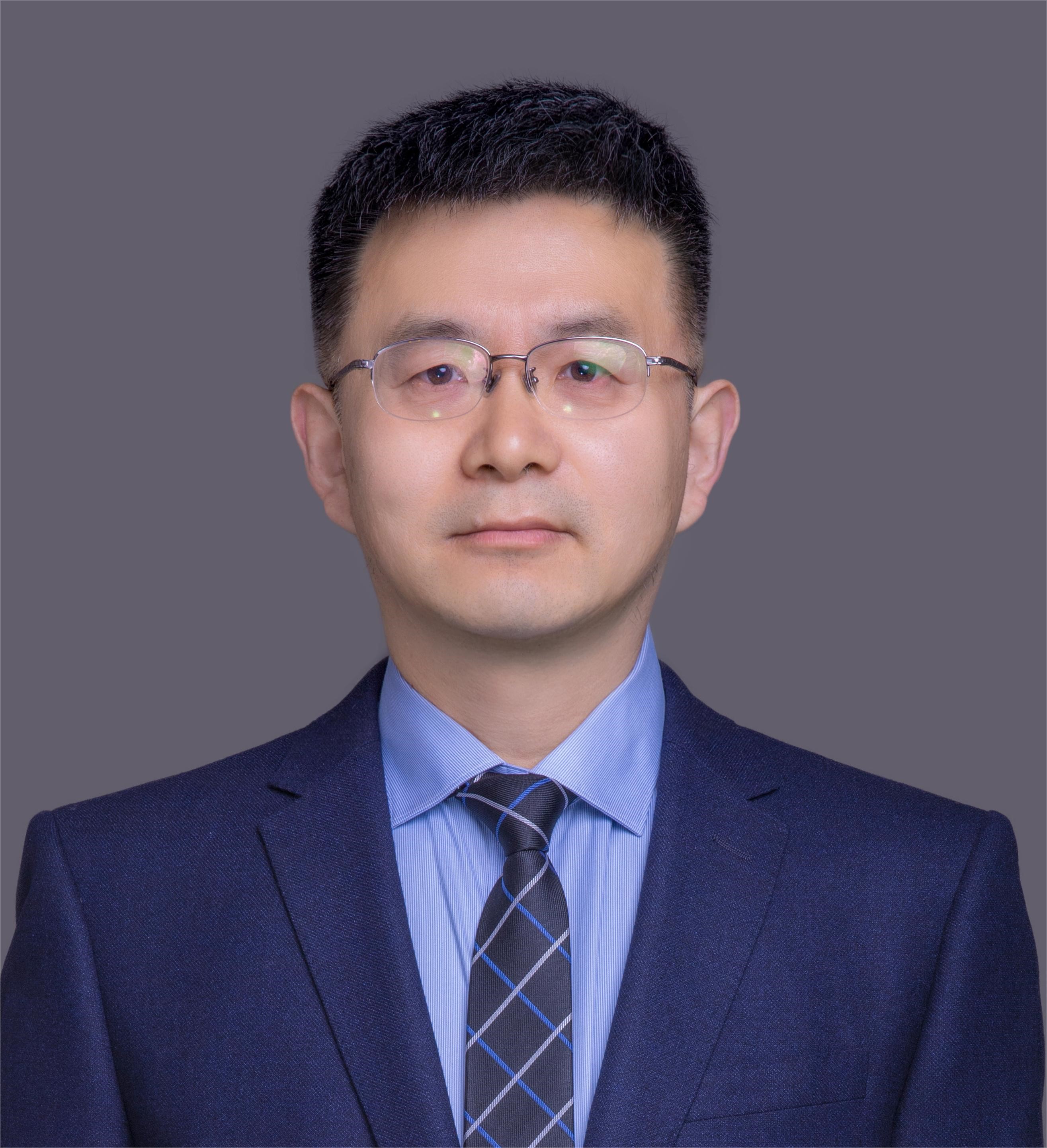
|
Weibiao WangSHOULDER Electronics Limited, China |
|
With the advancement of radio frequency (RF) technology, the exponential increase in transmitted data during the 5G era imposes elevated demands on the bandwidth of surface acoustic wave (SAW) filters. Recently, lithium niobate on insulator (LNOI) platform has emerged as a promising solution for producing wideband SAW filters in 5G communication. In this study, we have investigated the propagation characteristics of SAW on LNOI platform and explored the design and fabrication of various high-performance wideband SAW devices on this platform. The implemented resonators on LNOI platform exhibit scalable and high electromechanical coupling coefficients (K2) ranging from 14.7% to 31.7%. Furthermore, the SAW filters based on LNOI platform experimentally show a large 3-dB fractional bandwidth (FBW) within the ranges of 8.9% and 30.3%, along with low insertion losses below 1.5 dB and spurious-free responses in the passband. Finally, high-frequency SAW resonators and filters with frequencies ranging from 3 to 5 GHz are implemented on LNOI platform and these high-frequency SAW filters exhibit performances compatible with specifications for the n77, n78, and n79 bands. These results underscore that the LNOI platform significantly broadens the application scope for SAW filters and can pave the way for commercializing wideband SAW filters for the next generation of RF filters. |
|
SAW Filters Based on Composite Structure |
|
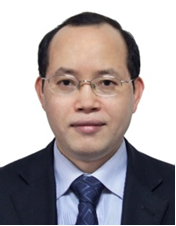
|
Xiaobing ChenHuayuan Micro Electronic Technology Co., China |
|
As SAW filters have the characteristics of superior electrical performance, small size, light weight, and reliability, SAW filters are widely used in various wireless systems, different systems require SAW filters to have different relative bandwidth which is determined by electro-mechanical coupling factor (K2) of piezoelectric substrate, currently, there is no suitable material or simple process to implement good rejection filters with relative bandwidth of 5% to 10% although TC-SAW or film-SAW based on LiNbO3 can be realized it. This paper presents two methods to obtain filters with relative bandwidth of 5% to 10%, one method is to composite two narrower bandwidth coupled-resonator filter (CRF or DMS) and impedance element filter (IEF) on same substrate, another is to composite series resonators and parallel resonators on different K2 substrate, the experiment confirmed the effectiveness of the two methods. |
|
